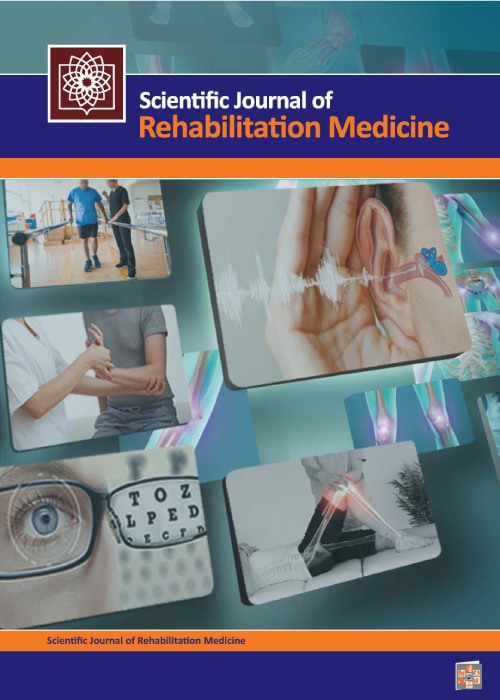The early motion effect on the function of spastic diplegia children with cerebral palsy following Surgery and immobilization In lower limb with two methods: bandage and casting
Author(s):
Abstract:
Background And Aims
Cerebral palsy is a non-progressive neurological and developmental disability. One of the treatments for cerebral palsy is multi-level surgery in one session (SEMLS). After surgery, bandages and casting techniques are used for immobilization. Compared with the casting, bandage is a new method and no similar study is reported using bandage technique for immobilization after surgery. In the recent years, long-term immobilization after surgery is avoided because of muscle weakness, stiff joints, slow recovery and rehabilitation, and delayed return without restriction to daily activity. The aim of the present study was to evaluate the effect of early movements on the performance of children with cerebral palsy with spastic diplegia following surgery and immobilization in lower limb using two Methods
bandage and casting.Materials And Methods
In the present cross-sectional study, 100 children with hemiplegic and diplegia cerebral palsy, aged 7-12 years old, with indications for surgery, were randomly selected and evaluated using Gross Motor Function Questionnaire (GMFM66). The children underwent surgery using two methods of bandages and casting according to an orthopedic surgeon's opinion. Then, based on the type of immobility used, two groups of 40 were randomly selected. In the first and the third month after the surgery, both groups were evaluated using GMFM66 questionnaire. To compare the two groups, ANOVA and nonparametric Mann-Whithney tests were used.Results
The mean ratio of gross motor function Based on Gross Motor Function Measure (GMFM66) changes in the first month after surgery was 0.0019 in the cases with bandage. The change was not statistically significant (P=0.42). Because in the first month of the child's leg in plaster, in casting group, the mean ratio changes of gross motor function was not measured. Three months after surgery, the mean ratio changes of gross motor function in both methods of casting and bandage after surgery increased significantly (PConclusion
In the first month after surgery in bandaged group, children had mobility, but in the casting group, children were immobile. In the third month after surgery, improvement was observed in both methods and statistical results were similar in both groups. Keywords:
Language:
Persian
Published:
Scientific Journal of Rehabilitation Medicine, Volume:5 Issue: 2, 2016
Pages:
218 to 225
magiran.com/p1563007
دانلود و مطالعه متن این مقاله با یکی از روشهای زیر امکان پذیر است:
اشتراک شخصی
با عضویت و پرداخت آنلاین حق اشتراک یکساله به مبلغ 1,390,000ريال میتوانید 70 عنوان مطلب دانلود کنید!
اشتراک سازمانی
به کتابخانه دانشگاه یا محل کار خود پیشنهاد کنید تا اشتراک سازمانی این پایگاه را برای دسترسی نامحدود همه کاربران به متن مطالب تهیه نمایند!
توجه!
- حق عضویت دریافتی صرف حمایت از نشریات عضو و نگهداری، تکمیل و توسعه مگیران میشود.
- پرداخت حق اشتراک و دانلود مقالات اجازه بازنشر آن در سایر رسانههای چاپی و دیجیتال را به کاربر نمیدهد.
In order to view content subscription is required
Personal subscription
Subscribe magiran.com for 70 € euros via PayPal and download 70 articles during a year.
Organization subscription
Please contact us to subscribe your university or library for unlimited access!




